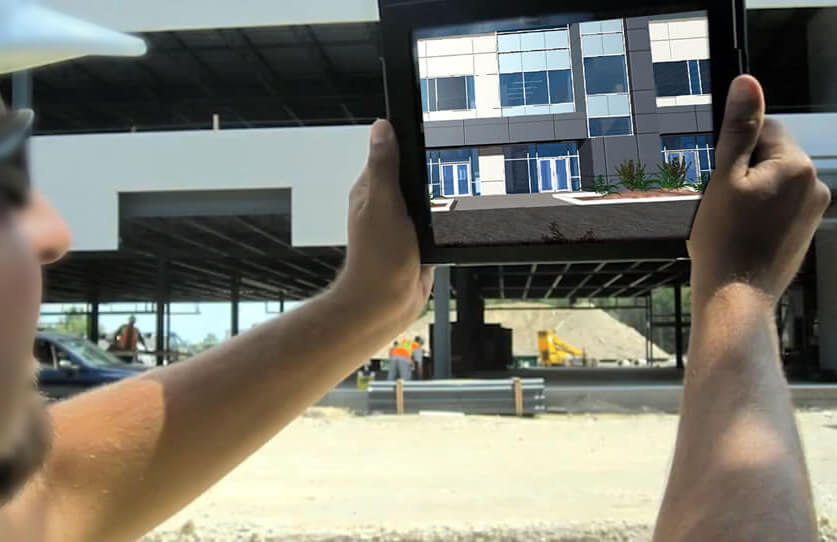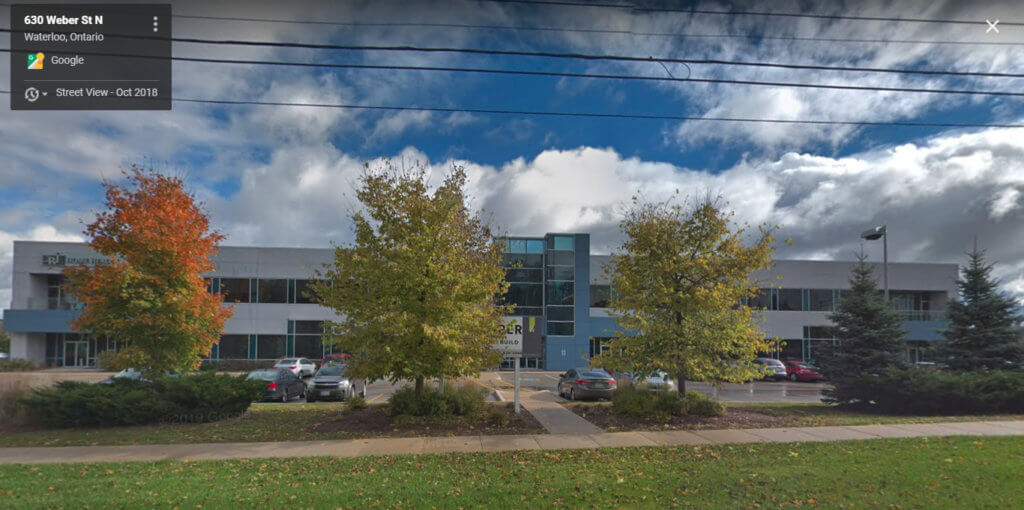Cooper Construction uses AR and VR for commercial building virtualization

What if you could start selling your product long before it was ever built? Companies are always looking for more original ways to sell their product. The earlier they can start, the sooner they make money. We work with our customers’ CAD data, be it 2D or 3D, to create 3D dynamic, virtual reality experiences that can help sell and market products.
Such was the case with Cooper Construction. They faced the challenge of leasing/selling their office spaces during commercial building construction. They required a tool that could help them sell products immediately, before a shovel was even in the ground for their building.
After a visit to our office, and a quick pilot project, Cooper Construction contracted us to fully virtualize their new Commercial office building called “The Exchange @ 630 Weber St. N” in Waterloo. They wanted to appeal to the high tech area, and give potential clients a full experience of the building, before ever stepping foot inside it.
We created a 3D Dynamic solution, where you could control a person in a video game style environment, and explore the entire building. Cooper provided us with their 2D CAD drawings, renderings, and texture swatches for this project. We took this information, and we created the game environment using the Unity game engine. We also made sure this solution would be full, stereoscopic 3D, so that the clients could experience the space with full depth-perception and realism.

Google Street View of Completed Building
What we believe to be a first in Canada, was the event that Cooper held to launch the new building. Presenting in a tent, on the construction site with the structural steel for the building up behind us, we presented The Exchange virtual walk-through experience, in full 3D, to about 60 brokers and realtors from CBRE. Great food, good laughs, a great interactive experience on the construction site, and everyone wearing 3D glasses. We also ensured the cases the 3D glasses came in had QR codes, which would take you to the walk-through on a mobile device, if scanned.
To make sure we had the highest possible customer reach as possible, the experience was provided on desktop, web, VR and mobile AR for interaction.
Intersted in AR and VR for architectural applications? Contact us!
